The United States and China have both worked tirelessly to further develop their hypersonic capabilities since then and, according to one expert, the United States is losing the race.
“China has effectively taken the lead in the hypersonic weapons race due to the breadth and depth of its technology investments,” said Rick Fisher, a senior fellow at the International Assessment and Strategy Center, a security-focused think tank.
“We are only seeing the beginning of their weapons developments in this field.”
Fisher points out that the United States and China are in a race to develop hypersonic weapons, and who deploys the weapons first may decide who guides the international order in coming decades.
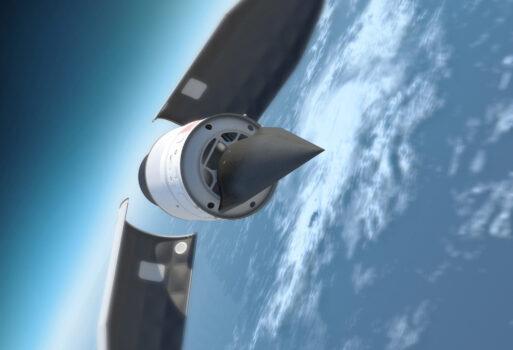
No Defense Against CCP’s Hypersonic Weapons
The reason that the Chinese Communist Party (CCP) is so interested in developing hypersonic weapons technology is fairly simple: The United States can’t defend against them. At least not yet.“China has fielded or can field ... hypersonic delivery systems for conventional prompt strike that can reach out thousands of kilometers from the Chinese shore and hold our carrier battle groups or our forward-deployed forces on land ... at risk,” Griffin said.
“We, today, do not have systems that can hold them at risk in a corresponding manner, and we do not have defenses against those systems.”
That’s because the type of hypersonic missiles being developed by the CCP behave in a manner far different from the traditional ballistic missiles that the United States missile defense architecture was designed to counter.
While the technical definition of a hypersonic missile refers to any missile that travels at least five times faster than the speed of sound, or Mach 5, common parlance typically uses the term to refer to one of two varieties of missile.
The first is hypersonic cruise missiles, which use high-tech jet engines to propel them at super speeds. The second is hypersonic glide vehicles (HGV), which are launched on a regular missile before detaching and navigating through the atmosphere at high speed.
Unlike traditional ballistic missiles, HGVs don’t follow a parabolic trajectory into and out of the atmosphere and can maneuver through the atmosphere as they fly to their destination.
Because of their speed, maneuverability, and lack of a ballistic trajectory, the weapons can evade earth-based radar systems until the final segment of their flight and, even when such sensors register a hypersonic launch, there are few systems capable of doing anything about it.
That makes the weapons incredibly enticing to CCP authorities, which are eager to gain a technological edge against the more advanced U.S. military. Moreover, just like in 2018, the United States still doesn’t have the capacity to defend against such technology, as was affirmed in October 2021 by then-U.S. ambassador for disarmament Robert Wood.
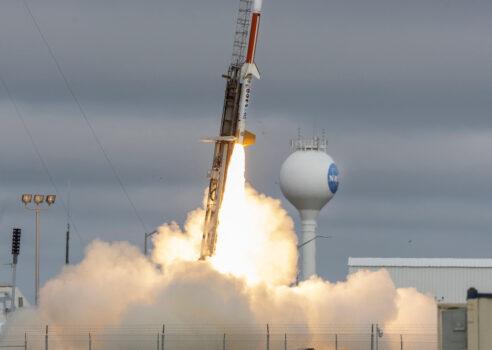
US Hypersonics Programs Struggle to Catch Up
To say that China’s HGV launch caught the United States on the back foot would be an understatement. Though the United States began research into hypersonic missiles in the early 2000s, the nation largely abandoned its HGV research following two failed tests in 2011.Gen. John Hyten, then-vice chairman of the Joint Chiefs of Staff, said in October 2021 that a “brutal” Pentagon bureaucracy and risk-averse culture among military leadership had stifled efforts to build credible hypersonic weapons systems. In turn, he said, the CCP had seized the initiative.
“The pace [at which China is] moving and the trajectory that they’re on will surpass Russia and the United States if we don’t do something to change it. It will happen.”
The CCP’s hypersonic test in 2021 demonstrated that if push came to shove the regime could strike the U.S. homeland with a nuclear missile. The United States is responding, but it’s unclear whether it will meet the threat in time.
There are at least eight programs across the U.S. Air Force, Army, Navy, and Defense Advanced Research Projects Agency (DARPA) dedicated to the development of hypersonic systems, many of which received bumps in funding following the CCP’s hypersonic demonstration.
Fisher believes that such efforts are vital if the United States is to field its own capabilities and begin to retake China in the hypersonic race.
“For its part, the United States in the next three years will deploy medium-range and intermediate-range ballistic missiles armed with a maneuverable hypersonic warhead that eventually could hit moving targets like ships at sea,” Fisher said.
“There are also U.S. programs to develop hypersonic tactical range cruise missiles but these may not emerge until much later in this decade.”
The Pentagon, however, hasn’t made a final decision on whether it will acquire the weapons once they are completed. None of the eight prototypes mentioned are associated with programs of record.
The United States’ hypersonic projects, meanwhile, are slated to appear between 2025 and 2028.
That means that, should the United States fail to deploy new hypersonic weapons before 2028, the CCP will have an unprecedented strategic and nuclear advantage for as long as three years.
As of yet, however, the United States lacks the capability to defend against an attack by an HGV such as the one the CCP launched in 2021. In the best-case scenario, the United States will have deployed the systems necessary to detect and track such missiles by next year, but not necessarily to destroy them.
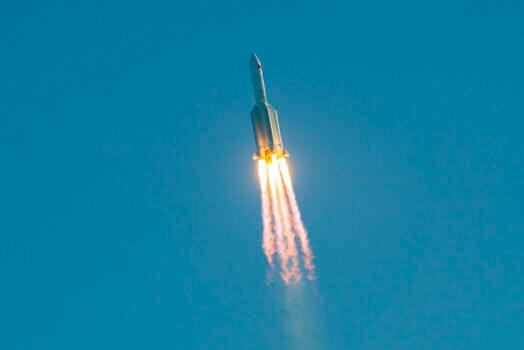
China Investing in Wide Array of Hypersonics
As the United States struggles to kickstart its long-neglected hypersonic weapons programs, the CCP and its military wing, the People’s Liberation Army (PLA), continue to advance hypersonics development in a black box of uncertainty.Behind a new Iron Curtain, little can be said of the regime’s current hypersonic capabilities. What is known is that the regime has developed several hypersonic-capable weapons, many of them nuclear-capable.
Most famously, the regime’s Dongfeng-17 (DF-17) missile was developed explicitly to be equipped with an HGV. Other missiles in the PLA arsenal could be outfitted with similar technology, however, including variants of the DF-16, DF-21, DF-26, DF-31, and DF-41.
According to Fisher, this means that the CCP’s hypersonics program could affect short, medium, intermediate, and intercontinental-range ballistic missiles (ICBMs). In other words, missiles of all ranges.
“There are indications that future versions of PLA ICBMs will be armed with multiple small HGV warheads,” Fisher said.
“In addition, the PLA has tested orbital launched HGVs from a Fractional Orbital Bombardment System (FOBS) that may or may not represent an in-production weapon.”
The most dangerous scenario, Fisher said, was that the regime could decide to use the threat of such bombardment to deter the United States from defending its allies or partners. Such a threat could only meaningfully be countered by the deployment of new space-based systems.
Fisher said that the greatest threat facing the United States in the near term was the possibility that China would field ICBMs each equipped with multiple nuclear HGVs. The United States would only be able to defend against such weapons, he said, with space-based energy weapons that would target the missiles in their boost phase, before they reached orbit and became untrackable.
The problem with that situation is that those technologies either don’t yet exist or haven’t yet been deployed.
Given that fact, Fisher said the United States would have to pursue other options if presented with the threat of hypersonic warfare from China. Namely, disrupting the attack by striking the systems used to track and control them.
“The U.S. has non-missile interceptor options for defeating or degrading PLA FOBS-launched HGV strike weapons,” Fisher said.
“It can make sure that the PLA does not exploit its bases in Antarctica for tracking and guidance of FOBS platforms, [and] destroy the PLA space tracking and control base in Argentina immediately during any conflict.”
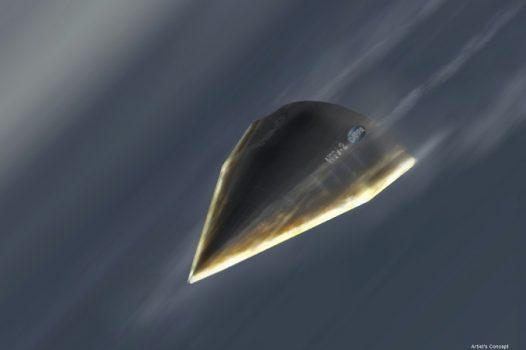
CCP Seeks to Undermine US Defenses
Fisher’s fears that the CCP could deter the United States from involvement in a future conflict appear to align with most research on the subject.Likewise, defense officials have long warned that the CCP was modernizing its military with the explicit purpose of developing technologies capable of undermining and overcoming U.S. defenses. The worry is that the CCP doesn’t seek security, but fundamentally to alter the rules-based international order by replacing the United States as the world superpower by using nuclear coercion.
“To do that, they basically have to displace the United States.”
“They are studying how we fight ... and designing systems that are intended to defeat us,” Kendall said.
To that end, one key reason the CCP is developing hypersonic weapons appears to be the ability to deter the United States from involving itself in a conflict that China starts, whether that conflict is over the future of Taiwan or something else entirely.
Analysis of how the regime is deploying its newfound capabilities may also indicate its intent.
Vitally, three separate brigades are believed to be equipped with the DF-17 and its HGVs. These are the 614, 627, and 655 Brigades, of which both the 614 and 627 maintain either garrison or headquarters in provinces immediately adjacent to Taiwan.
In all, however, there is perhaps no better indicator of the regime’s intent than in the hypersonic nuclear weapons themselves.
James Acton, co-director of the Nuclear Policy Program at the Carnegie Endowment for International Peace, wrote in 2017 that one way to determine whether the regime intended to use nuclear coercion was to see whether it developed more accurate HGVs.
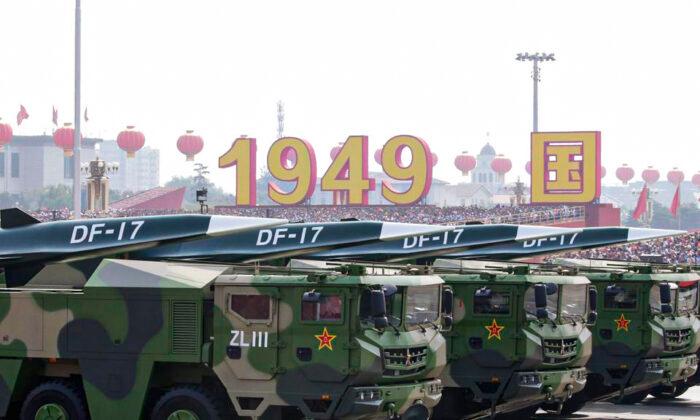



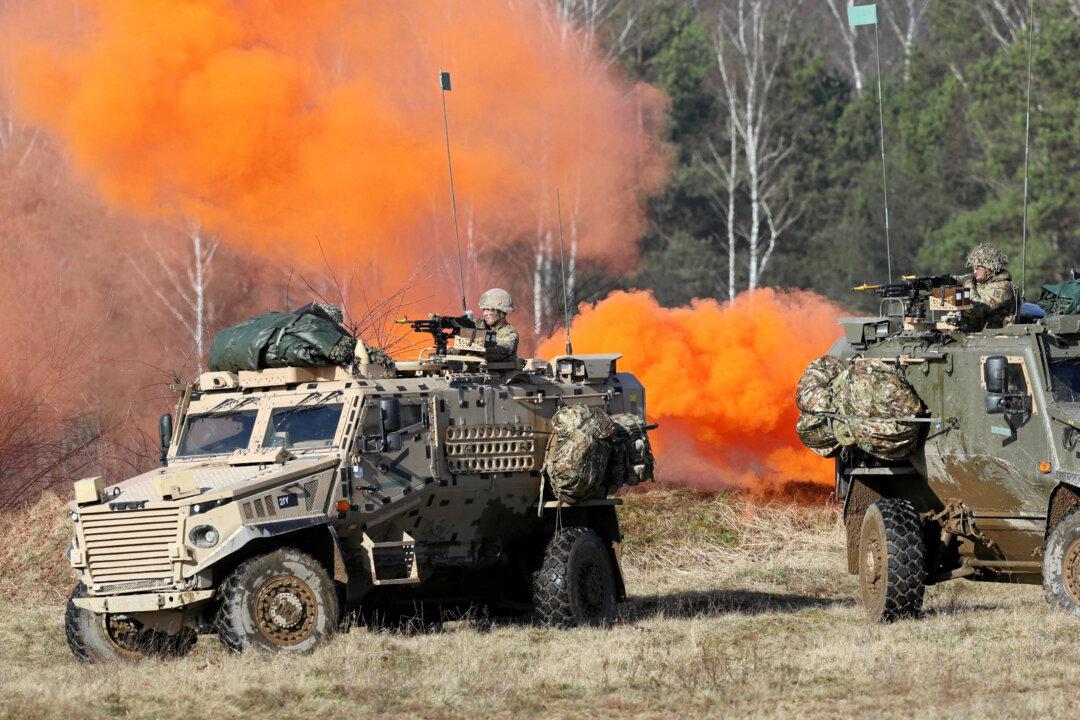

Friends Read Free